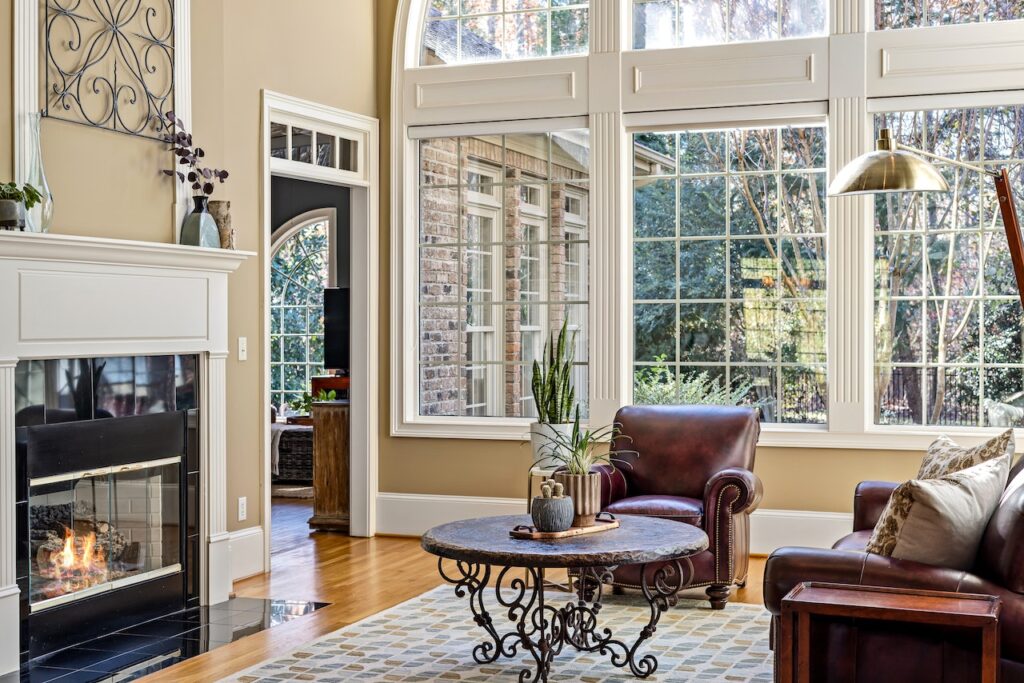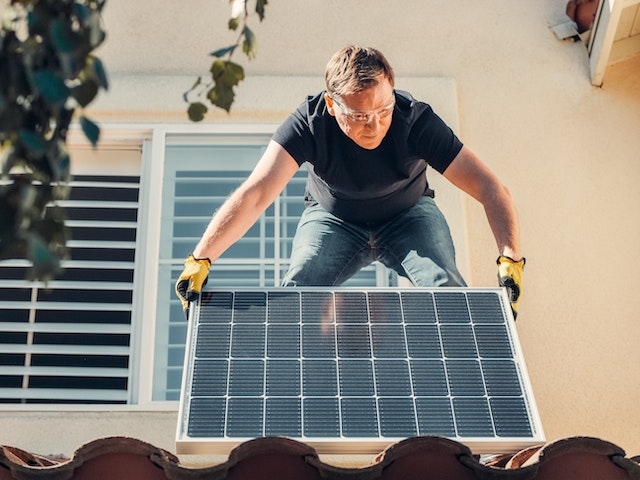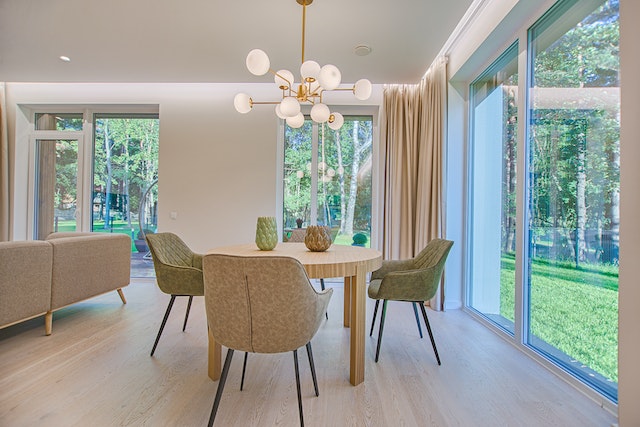
Sustainable and eco-friendly home improvements are a growing trend as people become more aware of how their actions affect the environment. These home upgrades not only help the environment, but they can also help you save money on future utility expenditures. There are various ways for homeowners to make their homes more sustainable, from adding solar panels to introducing new furniture.
We will discuss six environmentally friendly home renovations that you can undertake to reduce your carbon footprint and increase the energy efficiency of your home.
Understanding Sustainability in Home Improvements
In the field of eco-friendly home improvements, understanding sustainability becomes paramount. It’s not just about trendiness; it’s about crafting a future-friendly abode. In this context, sustainability means making choices that harmonize with the environment, wallet, and well-being. Firstly, comprehending sustainability entails recognizing its multifaceted advantages.
Economically, it means long-term savings through reduced utility bills. Ecologically, it contributes to a smaller carbon footprint and a healthier planet. For your health, it ensures better indoor air quality. These facets interconnect in a web of green possibilities, forming the foundation of eco-conscious home upgrades. This blog journey delves deeper into these dimensions, illuminating the path toward a greener, more sustainable home.

Installing solar panels is one of the best methods to make your home more eco-friendly.
Install a Solar Power System
One of the best methods to make your home more ecologically friendly is to install solar panels. Solar panels use the sun’s energy to produce power, which lessens your reliance on fossil fuels and, as a result, your carbon footprint. Although installation can be expensive initially, there are significant long-term benefits.
Solar panels are a fantastic long-term energy-efficient investment because they may produce electricity for more than 25 years. Recent cost reductions have made them more accessible. Notably, excalibur-movers.com highlights that many newcomers that they have relocated prioritize homes with solar panels. This is because by producing your own electricity, you can lessen your dependency on the grid and possibly lower your long-term energy costs.
LED Lighting
Most homes consume a lot of energy to light their interiors. Therefore, switching to LED lighting is a minor eco-friendly home improvement that can have a big impact. LED lights have a 20-fold longer lifespan and are more energy-efficient than incandescent lamps. They are more inexpensive and energy-efficient alternatives that can dramatically lower the energy used in your home.
LED lighting offers a variety of other benefits in addition to being environmentally friendly. They emit less UV radiation and don’t contain mercury or other dangerous substances. Additionally, a selection of color temperatures is available, enabling you to customize the lighting in your house to your preferences while minimizing your environmental impact.
Purchase New Windows
Old windows can let heat escape in the winter and pass through in the summer, which can be a substantial source of energy loss. Installing energy-efficient windows will increase your home’s overall comfort. This can also help reduce energy waste and heating and cooling costs. Additionally, they can enhance indoor air quality while reducing outside noise.
There are many different types of energy-efficient windows, including double, triple, and gas-filled windows. The most common kind of window consists of two glass panes separated by an insulating layer of air or gas. Triple-pane windows give even better insulation because they include a third layer of glass. Gas-filled windows are filled with gasses like argon or krypton, which are better insulators than air.

If you are about to make eco-friendly home improvements, start with new energy-efficient windows.
In With the New
Out with the old, in with the new! Upgrading your furniture can be an enjoyable and eco-conscious experience, particularly when you’re aware of the positive impact on the environment. With numerous sustainable and eco-friendly home improvements available, you can easily revamp your living space by creating extra room in the apartment.
You can enhance style and create more storage space in your eco-conscious home. While expert assistance may be necessary for packing and replacing old furniture, your new pieces are built to withstand the test of time, reducing landfill waste. Crafted from renewable, non-toxic materials, such as bamboo, cork, reclaimed wood, recycled plastic, and metal, sustainable furniture promotes longevity and eco-friendliness, ensuring they won’t burden landfills when their life cycle concludes.
Tankless Water Heater Installation
Installing a tankless water heater is another approach to minimize your environmental impact and increase the sustainability of your property. Tankless water heaters provide hot water whenever you need it without wasting energy, in contrast to conventional water heaters that store hot water in a tank. Unlike conventional water heaters, they don’t waste energy by continuously heating a sizable water tank.
According to the U.S. Department of Energy, tankless water heaters can be up to 34% more energy-efficient than conventional water heaters. In terms of lifespan and energy efficiency, tankless water heaters outperform traditional water heaters. They can last up to 20 years, as opposed to the 10-15 years of traditional water heaters’ lifespan.
Establish a Sustainable Foundation
The act of planting trees may be enjoyable and satisfying, and the benefits extend beyond your house. One of the best strategies to fight climate change and advance environmental sustainability in general is to plant trees. Trees produce shade and provide cooling by absorbing carbon dioxide and other air pollutants.
A mature tree can absorb up to 48 pounds of carbon dioxide annually, making it a key instrument in reducing the consequences of climate change. In addition to helping the environment, trees also have several positive social and economic effects. They can lower energy expenses by offering insulation and shade. They can also enhance air quality. Additionally, trees provide habitat for wildlife and can reduce soil erosion.

Trees produce shade and provide cooling by absorbing carbon dioxide and other air pollutants.
Final Reflections
Making eco-friendly home improvements is advantageous for both the environment and your health and well-being. Using sustainable practices and materials in your home may help you reduce your carbon footprint. This can help you save money over time.
Remember that in the fight against climate change and environmental degradation, any action, no matter how tiny, can make a difference. So why not get started on eco-friendly home upgrades right away and support the cause of a more sustainable and healthy world? Transform your space with eco-friendly home improvements today.
